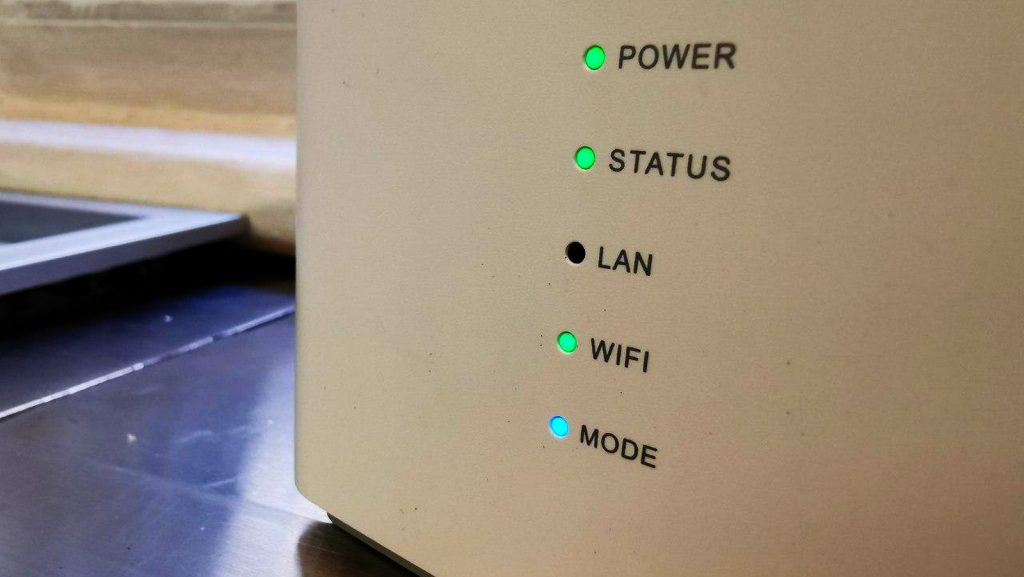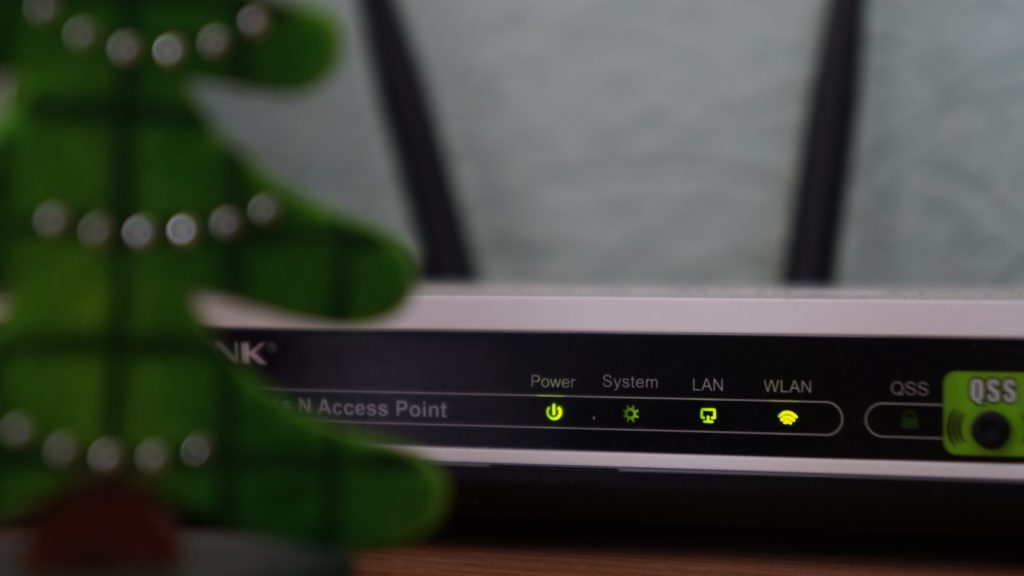OpenAI has launched GPT 5.2, a major model upgrade now available in both the API and ChatGPT. It is described as the company’s most…
How WiFi really works, the simple version

It was between 1992 and 1996 that CSIRO retrieved patents for a method that we today call WiFI.
The very first version of what had WiFi characteristics was released in 1997 and provided up to 2 Mbit/s link speeds.
This was later updated around 1999 with 802.11b to permit 11 Mbit/s link speeds which proved popular back then.
The story of the creation of wifi technology in a radio physics lab at CSIRO in the 1990s where a team recognized a problem of reverberation, is a compelling one but I’m sure we’re all here to find out what really happens behind clicking connect to wifi.
How does it work
Step 1
Think of it like sending information, your smartphone wants to send and receive information. It then turns data into signals which could be called invisible radio waves, which carry the data.
Step 2
A wireless router is like a traffic cop, it takes signals from your device and changes them into radio waves that can travel through air.
Step 3
The next step would be where the router broadcasts the radio waves around the home or restaurant.
Step 4
Your WiFi receiver catches the radio waves and turns them back into signals that your smartphone can understand. This translates the data into a video you were streaming or the content you requested.

It can be argued that Wifi could be a language that devices use to communicate. When the device sends information, that specific content is a set of radio waves. The Wifi router is the translator, which takes the waves and broadcasts them. Other devices with the right translation or WiFi receiver catch these waves and change them back into understandable information for your device.
Also read: Battle between Traditional or smartwatch, which is better?

